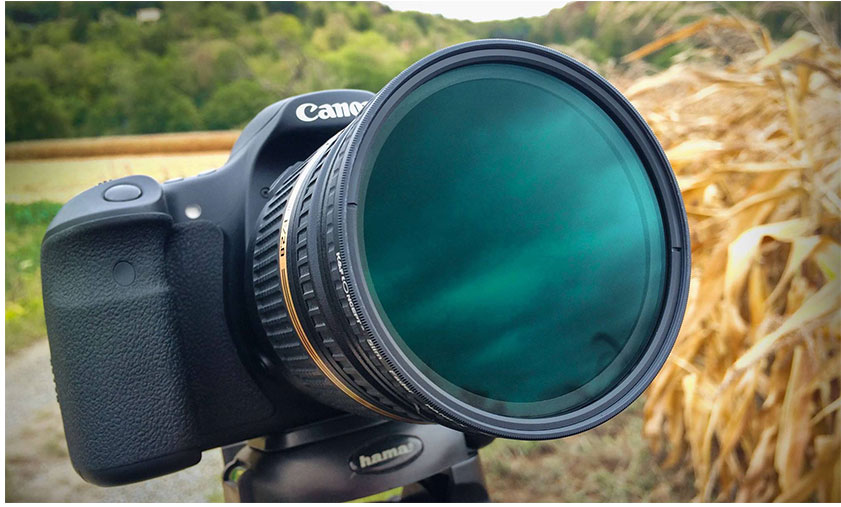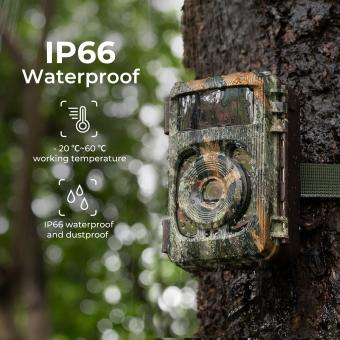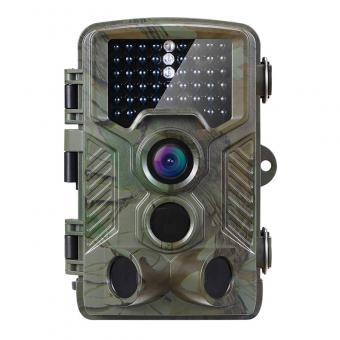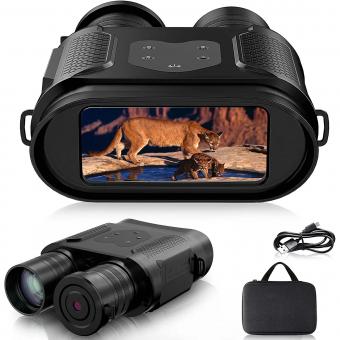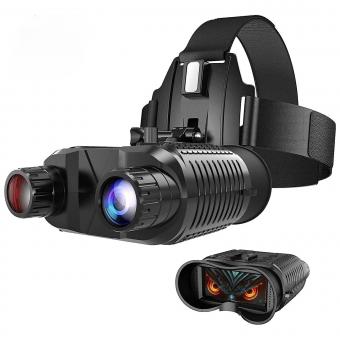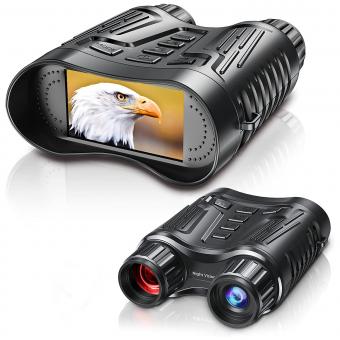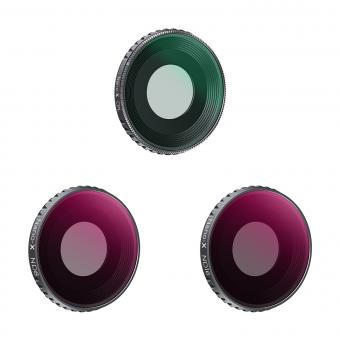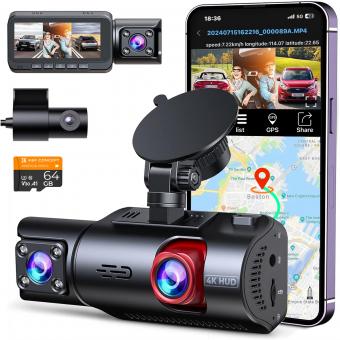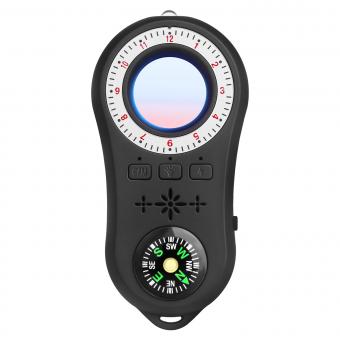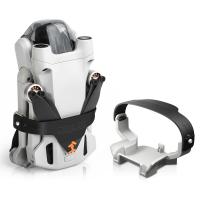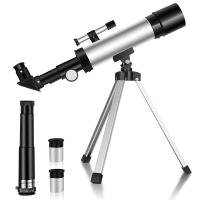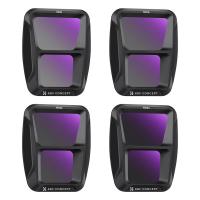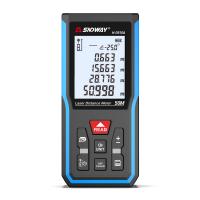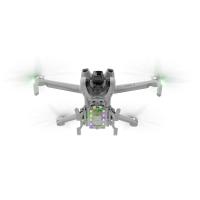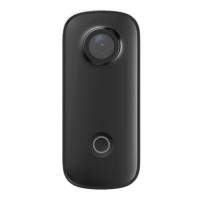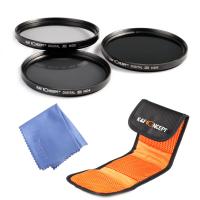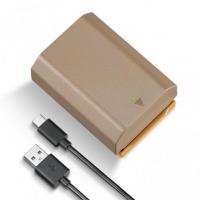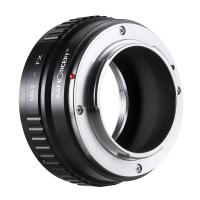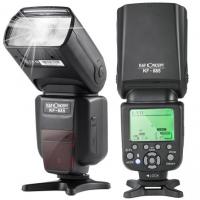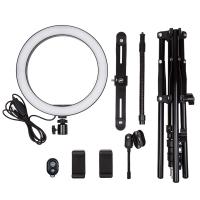Does My Camera Have An Ir Filter?
When it comes to understanding whether your camera has an infrared (IR) filter, there are several key aspects to consider. This article will delve into the technicalities of IR filters, how to determine if your camera has one, and the implications of having or not having an IR filter on your photography. By the end of this article, you should have a comprehensive understanding of IR filters and how they affect your camera's performance.
What is an IR Filter?
An infrared filter, also known as a hot mirror or IR cut filter, is a component in digital cameras designed to block infrared light while allowing visible light to pass through. Infrared light is invisible to the human eye but can affect the image sensor in a camera, leading to color distortions and other issues. The IR filter ensures that the camera captures images that are true to life by filtering out these unwanted wavelengths.
Why Do Cameras Have IR Filters?
Most digital cameras are equipped with IR filters for several reasons:
1. Color Accuracy: Infrared light can cause color distortions in digital images. By blocking IR light, the filter helps maintain accurate color reproduction.
2. Image Clarity: IR light can cause a haze or blur in images. The filter helps in capturing sharper and clearer images.
3. Sensor Protection: Prolonged exposure to IR light can potentially damage the camera sensor. The IR filter acts as a protective barrier.
How to Determine if Your Camera Has an IR Filter
There are several methods to check if your camera has an IR filter:
1. Manufacturer Specifications: The easiest way to determine if your camera has an IR filter is to check the manufacturer's specifications. Most camera manuals or product descriptions will mention the presence of an IR filter.
2. Remote Control Test: One practical method is to use a TV remote control. Point the remote at your camera and press any button while looking through the camera's viewfinder or screen. If you see a light from the remote, your camera likely does not have an IR filter. If you don't see any light, it means the IR filter is blocking the infrared signal.
3. Professional Testing: For a more accurate assessment, you can take your camera to a professional service center where they can test for the presence of an IR filter using specialized equipment.
Implications of Having an IR Filter
Advantages
1. Enhanced Image Quality: As mentioned earlier, an IR filter helps in capturing images with accurate colors and better clarity.
2. Protection: It protects the camera sensor from potential damage caused by prolonged exposure to infrared light.
3. Versatility: Cameras with IR filters are versatile and can be used in various lighting conditions without worrying about IR interference.
Disadvantages
1. Limited Infrared Photography: If you are interested in infrared photography, having an IR filter can be a limitation. Infrared photography requires the camera to capture IR light, which is blocked by the filter.
2. Modification Costs: If you decide to remove the IR filter for infrared photography, it can be an expensive and delicate process. It often requires professional help and can void the camera's warranty.
How to Use a Camera Without an IR Filter
If you are interested in infrared photography, you might consider using a camera without an IR filter. Here are some tips:
1. Camera Modification: Some photographers choose to modify their cameras by removing the IR filter. This process should be done by professionals to avoid damaging the camera.
2. Specialized Cameras: There are cameras specifically designed for infrared photography that do not have IR filters. These cameras are often used in scientific research, surveillance, and artistic photography.
3. IR Filters for Lenses: Another option is to use external IR filters that can be attached to the camera lens. These filters block visible light and allow only infrared light to pass through, enabling infrared photography without modifying the camera.
Practical Applications of Infrared Photography
Infrared photography can be used in various fields, including:
1. Artistic Photography: Infrared photography can create surreal and otherworldly images, making it popular among artistic photographers.
2. Scientific Research: Infrared imaging is used in various scientific fields, including astronomy, biology, and environmental science, to capture data that is not visible to the naked eye.
3. Surveillance: Infrared cameras are used in surveillance and security systems to capture images in low-light or nighttime conditions.
4. Medical Imaging: Infrared imaging is used in medical diagnostics to detect abnormalities in tissues and organs.
Understanding whether your camera has an IR filter is crucial for both general photography and specialized applications like infrared photography. While most digital cameras come equipped with IR filters to ensure color accuracy and protect the sensor, there are ways to determine their presence and even remove them if needed. Whether you are a professional photographer or an enthusiast, knowing the role of IR filters can help you make informed decisions about your equipment and the type of photography you wish to pursue.
By considering the advantages and disadvantages of having an IR filter, you can better understand how it impacts your photography and make the necessary adjustments to achieve your desired results. Whether you choose to keep the IR filter for general photography or remove it for infrared photography, the key is to understand your camera's capabilities and limitations.

